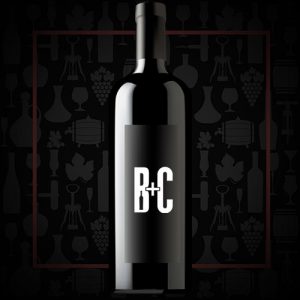Cellar Profile
7th generation farmers, the Mauritson family have been working these vineyards since 1868, finally releasing their own wines in 1998. The winery is now under the stewardship of former University of Oregon football player, Clay Mauritson, who grew up working the vineyards with his father before cutting his teeth at Kenwood Vineyards. Zinfandel and Cabernet Sauvignon specialists, Mauritson Wines is located at the corner of Dry Creek Valley and Lytton Springs Road, hallowed ground for Zinfandel, in particular. The vast majority of the Mauritson grapes are sold to premium producers throughout Sonoma County.
Region
The Alexander Valley sits on the benchlands to the east of the Russian River in the north-eastern part of Sonoma. Vineyards are planted on the hillsides and valley floor, leading to the Mayacamas Mountains that loom above. There are a wealth of different soil types from the many different plate movements, volcanic action and receding oceans. The summers can be warm, but the evenings are cool, with very little rainfall during the growing season. The winds that whistle through the Petaluma Gap help moderate the summer heat, and the climate is Mediterranean.
Vineyard
Planted only with Wente clone Chardonnay, the Dobbins Vineyard was selected specifically for its excellent drainage, pebbled, river rock soil and its rich mineral content. Described as California “Grand Cru” terroir by the winery, it gives reduced yields of fully ripe grapes, still packed with acidity.
Varieties
Chardonnay is the world’s most famous white-wine grape and also one of the most widely planted, with the most highly regarded expressions of the variety coming from Burgundy and California. Climate plays a major role in dictating which fruit flavours a Chardonnay will have. Broadly speaking, warm regions such as California tend to give more tropical styles. While many Chardonnays have high aromatic complexity, this is usually due to winemaking techniques (particularly the use of oak) rather than the variety’s intrinsic qualities. Malolactic fermentation gives distinctive buttery aromas. Fermentation and/or maturation in oak barrels contributes notes of vanilla, smoke and hints of sweet spices such as clove and cinnamon. Extended lees contact while in barrel imparts biscuity, doughy flavours.
Winemaking
Hand-harvested fruit, gently pressed and fermented in French Oak barriques, but only 10% new. The wine sat in barrel on its gross lees with frequent bâtonnage (lees stirring) before being bottled unfiltered.
Tasting Notes
Buttercream, Meyer lemon, green apple and a whiff of toast on the nose. Rich and textured on the palate, with creaminess and tingling acid perfectly balanced. Flavours of ripe apple, peach and a hint of tropical fruit lead to a long, mineral-driven finish. Serve only lightly chilled with grilled chicken or Linguini Vongole.

 info@buyersandcellars.ca
www.buyersandcellars.ca
info@buyersandcellars.ca
www.buyersandcellars.ca